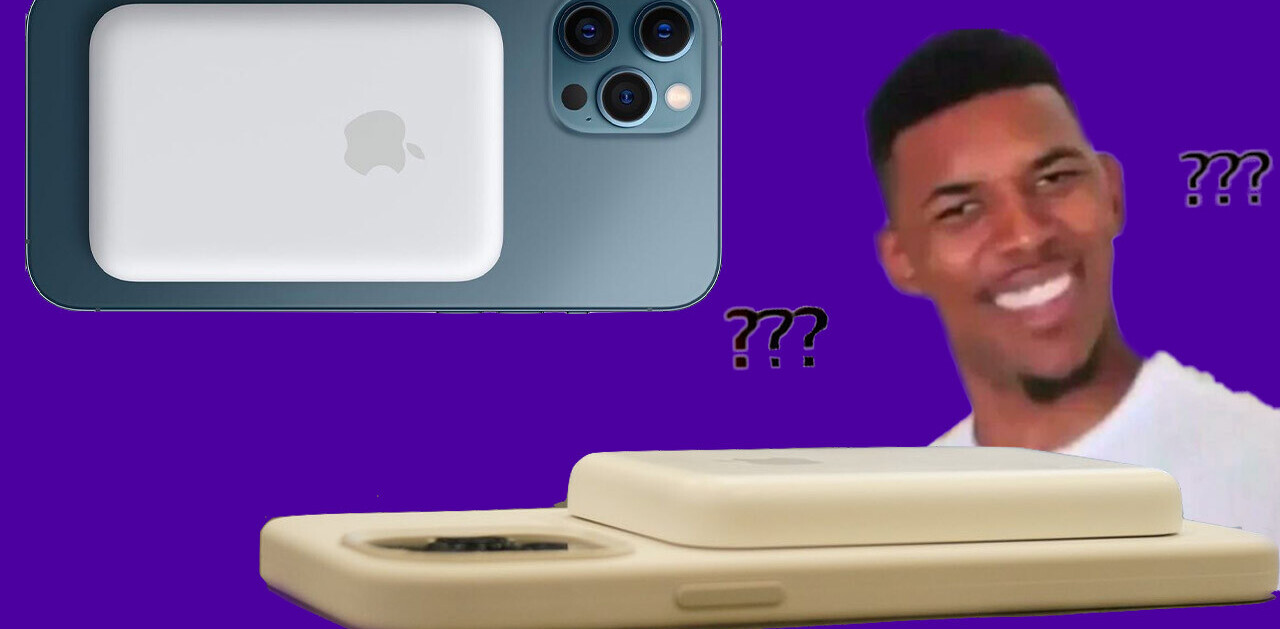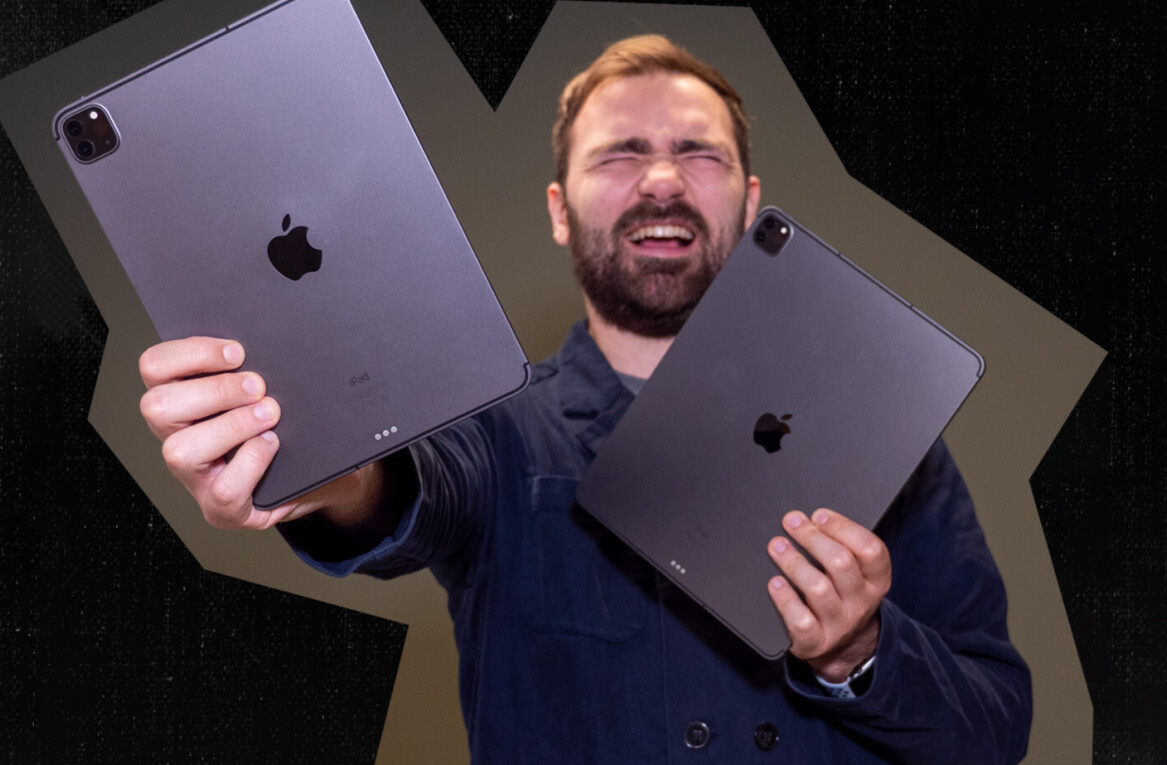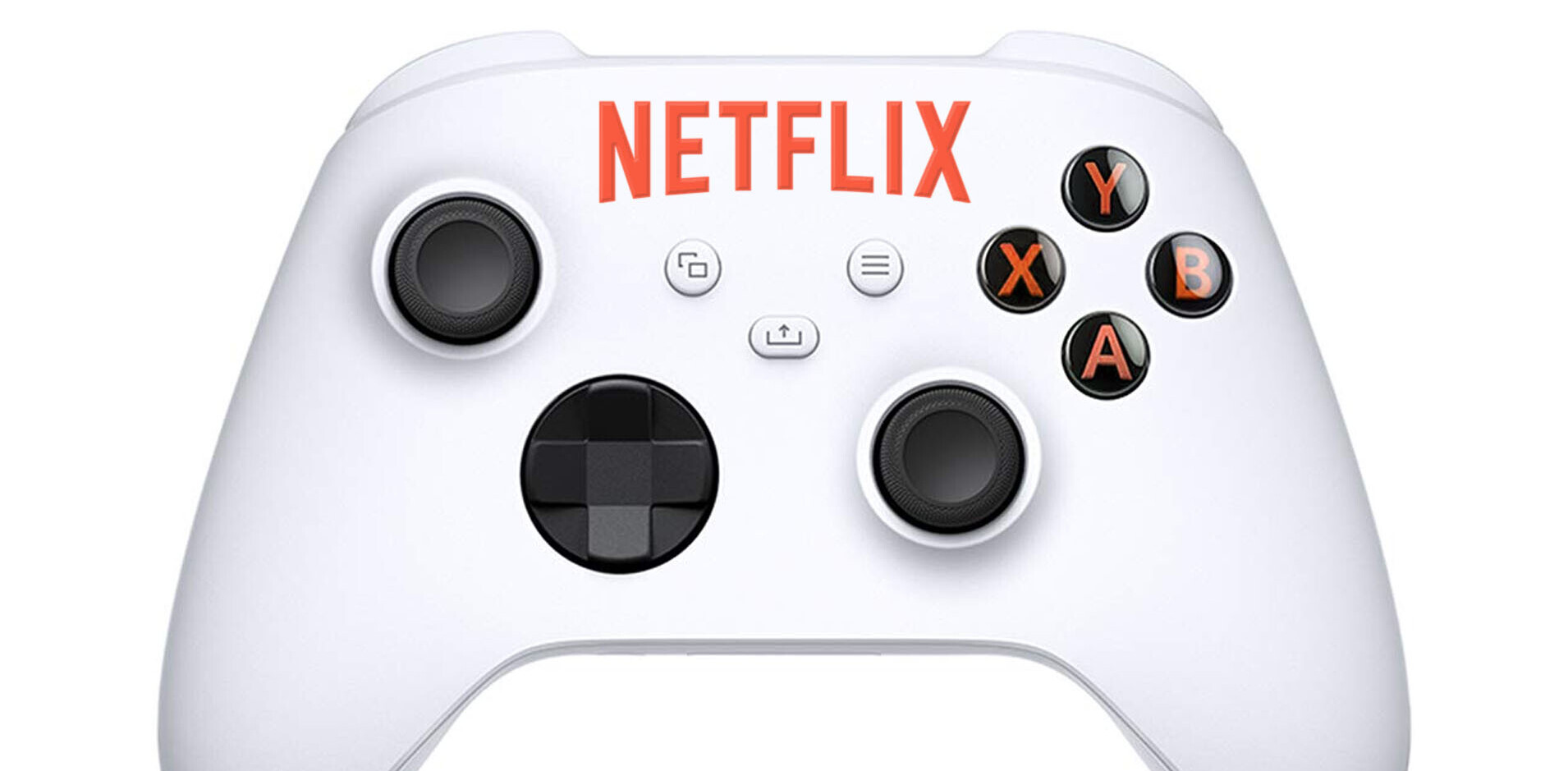
At last, Nintendo has revealed its highly anticipated new game console, the Switch. The company detailed the new hardware at a presentation today in Tokyo.
Priced at $299.99 and slated to hit store shelves this March, the cartridge-based successor to the Wii U lets you play on your TV or pick it up and take it with you for on-the-go gaming, thanks to its built-in screen and detachable dual controllers called Joy-Cons.
It also lets you bring in a second player in co-op mode just by handing them a controller; you can also pair multiple Switches to team up with more mates on the same game.
The Switch will support titles like The Legend of Zelda: Breath of the Wild (available at launch), The Elder Scrolls V: Skyrim, Splatoon 2 (launching this summer), and a new Mario adventure arriving in the holiday season titled Super Mario Odyssey (the first open-world title in the franchise since Super Mario 64 and Super Mario Sunshine).
Earlier this week, Nintendo said that it would accept pre-orders for a limited number of consoles at its brick-and-mortar store on January 13 at 9AM in New York. If you’re not one of those lucky few in the queue, you’ll have to wait until March 3 to get your hands on one in Japan, US, Canada, many European countries, Hong Kong and other territories.
Online multiplayer
The console will supported by the Nintendo Switch Online Service, which will pair with a smartphone to let you set up matches and chat with your friends on the network. It’ll be available to try for free in a trial, after which you’ll have to pay a fee starting in the fall.
The company also noted that it’s doing away with the region locking system that it had on previous consoles. That means that Switch games purchased anywhere in the world will be compatible with your console, so you can freely buy games when you travel and rest assured they’ll work on your Switch at home.
Console
You can use the Switch in three different modes: With the Dock to connect to your TV, with the built-in kickstand so you can detach the controllers and play solo or with a friend, or as a self-contained handheld gaming device.
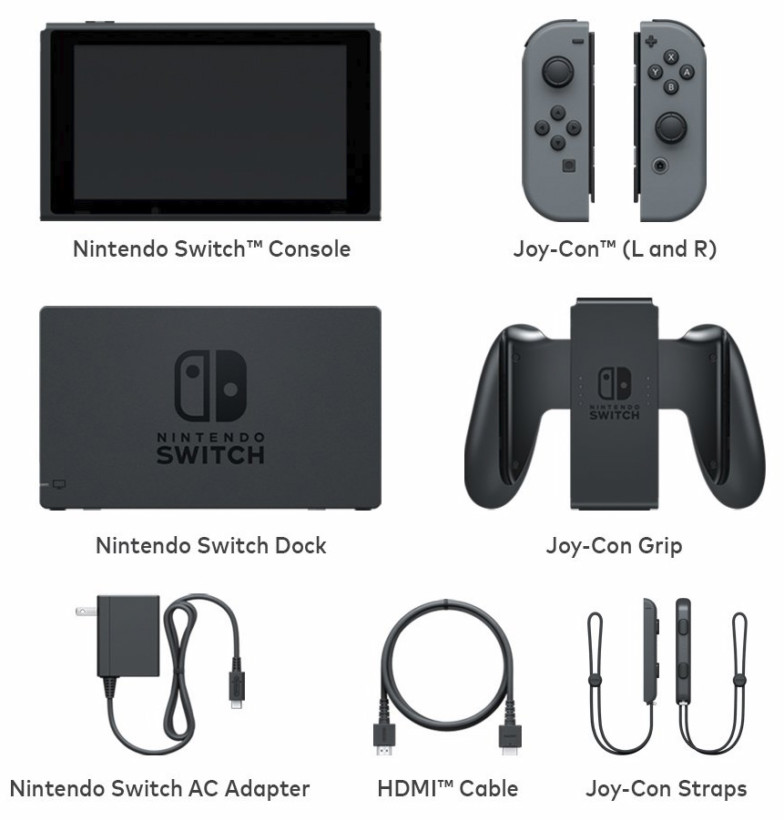
It charges via USB-C and comes with an AC adaptor; you can expect to get between 2.5-6.5 hours of gameplay when you’re on the go, depending on the games you choose to play. The Switch also includes Wi-Fi connectivity so you can pair up to eight consoles together for local multiplayer gaming.
As for the hardware, the Switch features a 1280 x 720 pixel 6.2-inch multitouch screen (the same size as that of the Wii U GamePad). It’ll display games at 720p when it’s not docked, and output a 1080p signal, along with 5.1 surround sound when it’s docked and connected to your TV via HDMI.
Under the hood, you’ll find 32GB of onboard storage, along with a a slot for adding more with a microSDHC or microSDXC card. There are also two USB ports on the Switch dock, and they can be used to plug in and charge the Joy-Cons.
Controllers
The two wireless Joy-Cons which come standard with the Switch include motion sensors, accelerometers, an NFC reader and writer, a sensor for Amiibo data and a capture button for grabbing screenshots (and soon, in-game footage). It also has two buttons on the side rail (where your index fingers will rest) so each Joy-Con is a full-featured controller for local co-op play.
Plus, they have an AR camera that can recognize gestures (such as hand signals for rock, paper and scissors) and also determine the distance between themselves and objects in front of it. It’ll be interesting to see how game developers take advantage of this in the future.
The Joy-Cons can be augmented with included Joy-Con straps that attach on the side and add large L and R buttons, which should be easier to reach when the controllers are in your grip like a Wii U controller. You’ll be able to purchase the Switch with gray Joy-Cons or with one Neon Red and one Neon Blue Joy-Con; both kits will be priced the same.
The Joy-Cons also bring detailed HD Rumble vibration feedback to the controllers: Nintendo says you’ll be able to experience the sensation of holding a glass that’s slowly filled with ice cubes and water, and be able to clearly feel the difference between liquid and solid elements dropping into the glass.
In addition, you can fit the Joy-Cons onto the controller-like Grip for a more traditional gaming experience. Nintendo will also separately release a $70 Pro Controller that includes a D-pad and is more suited to being used with your TV.
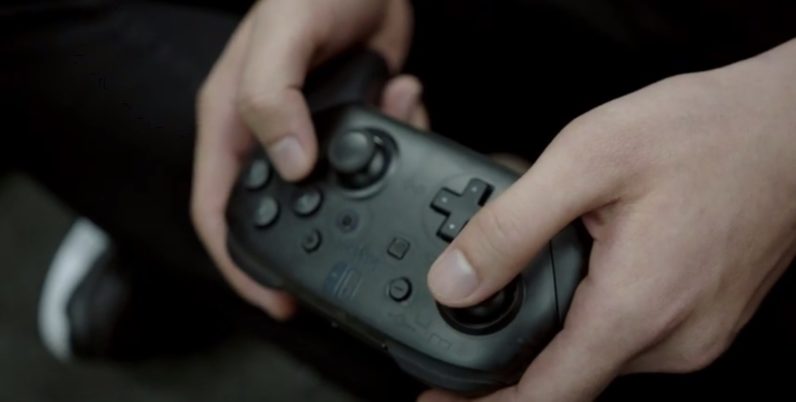
Get ready for 1-2 Switch this March. Challenge your opponent in this new face-to-face party game only on #NintendoSwitch. pic.twitter.com/pwUplLn4Ib
— Nintendo of America (@NintendoAmerica) January 13, 2017
These controllers will work with custom titles that are designed to be more social: Instead of facing the screen or your TV, you’ll need to face your opponent to watch their actions and react, just like you would in a game of Pong. It’ll be showcased in a collection of party minigames called 1-2 Switch.
Games
In addition to the aforementioned blockbusters, Nintendo also announced Arms, a boxing-shooter hybrid that’s designed for player-vs-player Joy-Con action.
#ARMS can be played single-player, split-screen against a friend, or by connecting two #NintendoSwitch systems locally or online. pic.twitter.com/X7MbBWlWax
— Nintendo of America (@NintendoAmerica) January 13, 2017
The company noted that more than 80 titles are currently in development for the Switch. Square Enix is working on Dragon Quest X and Dragon Quest XI for fans of the franchise in Japan, as well as Dragon Quest Heroes I and II. There’s also an RPG titled Project Octopath Traveler and a new Shin Megami Tensei game on the way.
There’s more: EA announced that it’s developing a FIFA soccer title for the console, and Grasshopper Manufacture’s Suda51 made an appearance to reveal that an as-yet-untitled sequel to the hack-and-slash hit No More Heroes is coming soon. Oh, and Xenoblade Chronicles 2 (pictured below), as well as Minecraft and Fire Emblem Warriors are slated for release this year. Switch games will cost $60 apiece and come in cartridges that are similar in size to those used with the Nintendo 3DS.
So far, it looks like Nintendo has a compelling new product on its hands. It isn’t yet clear just how powerful the system will be and whether it’ll be able to deliver 4K or VR games, and as such, the Switch may not be in a position to compete with the likes of the PS4 Pro and Microsoft’s upcoming Project Scorpio console.
That being said, the Switch seems like it’ll appeal to a niche of gamers all its own, who are more interested in local co-op and playing on the move than just a standard console for the living room. The system certainly brings a lot of new features to the table, but we’ll have to wait and see if those are enough to pique players’ interest in the coming months. You can learn more at Nintendo’s brand-new Switch site.
Are you looking forward to buying a Nintendo Switch? What do you like and dislike about it so far? Let us know in the comments.
Get the TNW newsletter
Get the most important tech news in your inbox each week.
